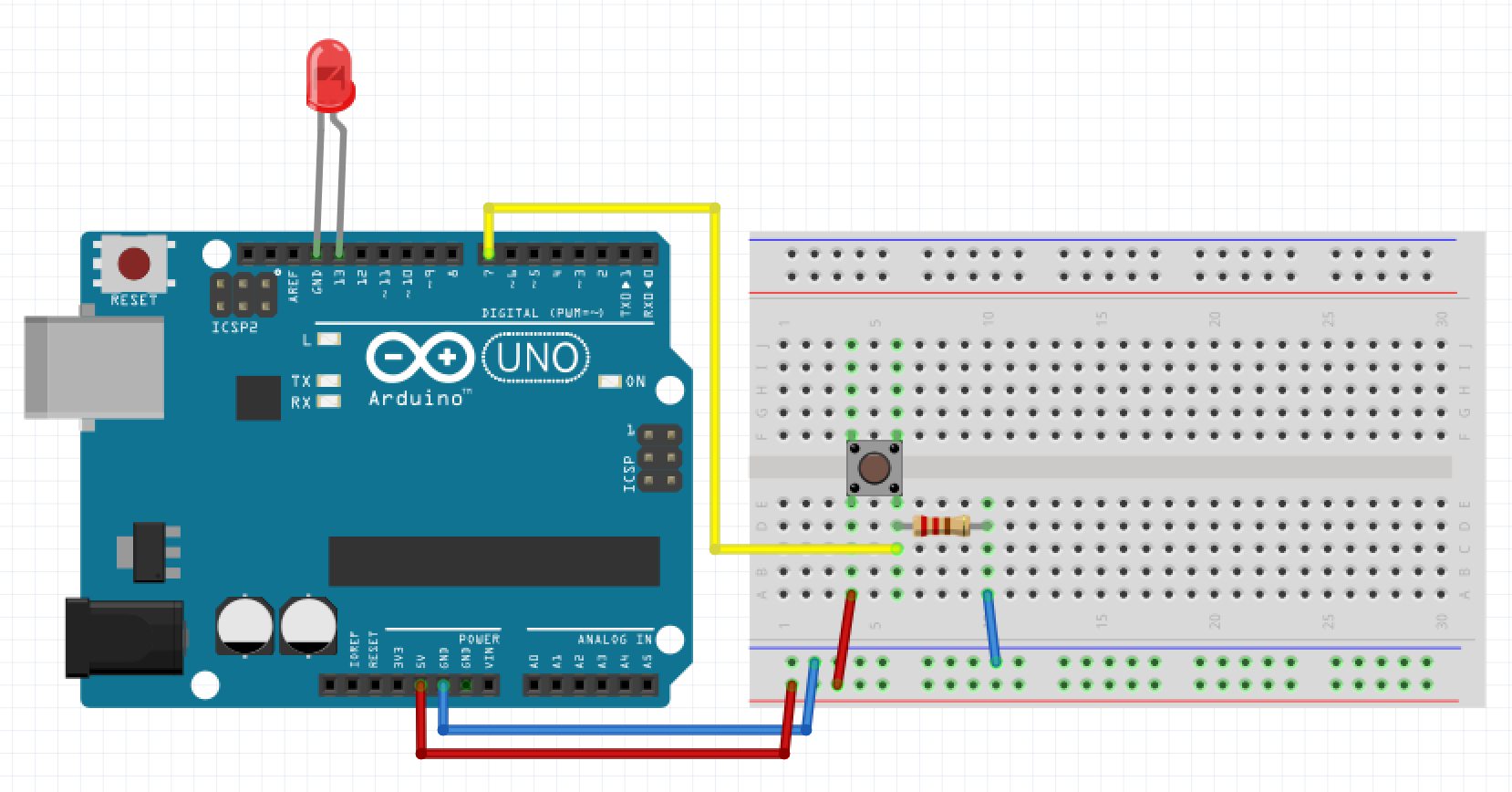


Then connect the short leg (-ve) with a 220 ohm resistor and connect the other end of the resistor to the ground. How much analog voltage will be generated at PWM Pin. First, you need to connect the long leg (+ve) of the LED to the Arduino pin no 6. generated from the analog output ( AO) pin or digital output. Circuit Diagramįor this tutorial, you will need a similar circuit like LED blinking Arduino. Overall we will get a LED Dimming effect. Which will decrease the brightness of the LED from the fullest to the off state. You do not need to call pinMode () to set the pin as an output before calling analogWrite (). Unlike the PWM pins, DAC0 and DAC1 are Digital to Analog converters, and act as true analog outputs. Digital Pin 3 ( PWM pin) of each Arduino is connected to the oscilloscope.
ARDUINO ANALOGWRITE DIGITAL PIN PLUS
Then we will decrease the analogWrite() value from 255 to 0. The Arduino DUE supports analogWrite () on pins 2 through 13, plus pins DAC0 and DAC1. pin, which is called when the analogWrite command is used on that pin.

It will increase the brightness of the led from zero brightness to the fullest. First, we will increase the analogWrite() value from 0 to 255 to gradually increase the voltage of the output pin from 0v to 5v. In this example, we will control the brightness of an LED using Arduino PWM. Let’s look at some working examples to understand it even better. After a call to analogWrite(), the pin will generate a steady square wave of the specified duty cycle until the next call to analogWrite(). I think you got the basic idea of Arduino Pulse Width Modulation (PWM). Writes an analog value to a pin.Can be used to light a LED at varying brightnesses or drive a motor at various speeds. The frequency of the PWM signal on pins 5 and 6 is 980Hz. Pin 5 and 6 have a frequency of 980Hz and pins 3,9,10 and 11 have a frequency of 490Hz. So, analogWrite(0) gives a signal of 0% duty cycle i.e 0v output.ĪnalogWrite(50) gives a signal of ~ 20% duty cycle i.e 1v output.ĪnalogWrite(63) gives a signal of 25% duty cycle i.e 1.25v output.ĪnalogWrite(127) gives a signal of 50% duty cycle i.e 2.5v output.Īrduino Uno has six PWM pins, pin 3, 5, 6, 9, 10 and11. And the difference between each step would be 5v/255 = 0.0196v. That means we can have 256 different voltages from 0v to 5v. analogWrite() works on a scale of 0 – 255. So how do you get a 50% or 20% duty cycle on Arduino code? for that, we will use Arduino’s analogWrite() function. This switching between on and off state is so fast, that the output signal acts like a stable voltage level between 0V and 5V. We can simulate any voltage between 0v to 5v by changing the pulse width of a period. The duration of ON time of a period is called the pulse width. In the PWM technique, a square wave is switched between on and off state at high frequency. So it has only two states, high (5 V on Uno, 3.3 V on an MKR board) and low (0 volts). Pulse Width Modulation or PWM, is a technique to generate an analog like signal within a digital pin.Īrduino digital pins generally use a square wave to control things. First, we will control the brightness of the LED using Arduino code, and then we will control it manually through a potentiometer.
ARDUINO ANALOGWRITE DIGITAL PIN HOW TO
In this Arduino PWM tutorial, you will learn about the Arduino PWM function and how to use Arduino PWM function to control the brightness of an LED. Example: This example sets the output to the LED proportional to the value read from the potentiometer. value: the duty cycle: between 0 (always off) and 255 (always on). We can control the brightness of an led, speed of a motor, direction of a Servo motor, and many other things using PWM. On the Arduino UNO, analog pins 0 - 5, digital pins 11, 10, 9, 6, 5, 3 and use the analogWrite() function Syntax: analogWrite(pin, value) Parameters: pin: the pin to write to. The Arduino PWM is very useful for controlling things. AnalogWrite uses pulse width modulation (PWM), turning a digital pin on and off very quickly, to create a fading effect.


 0 kommentar(er)
0 kommentar(er)
